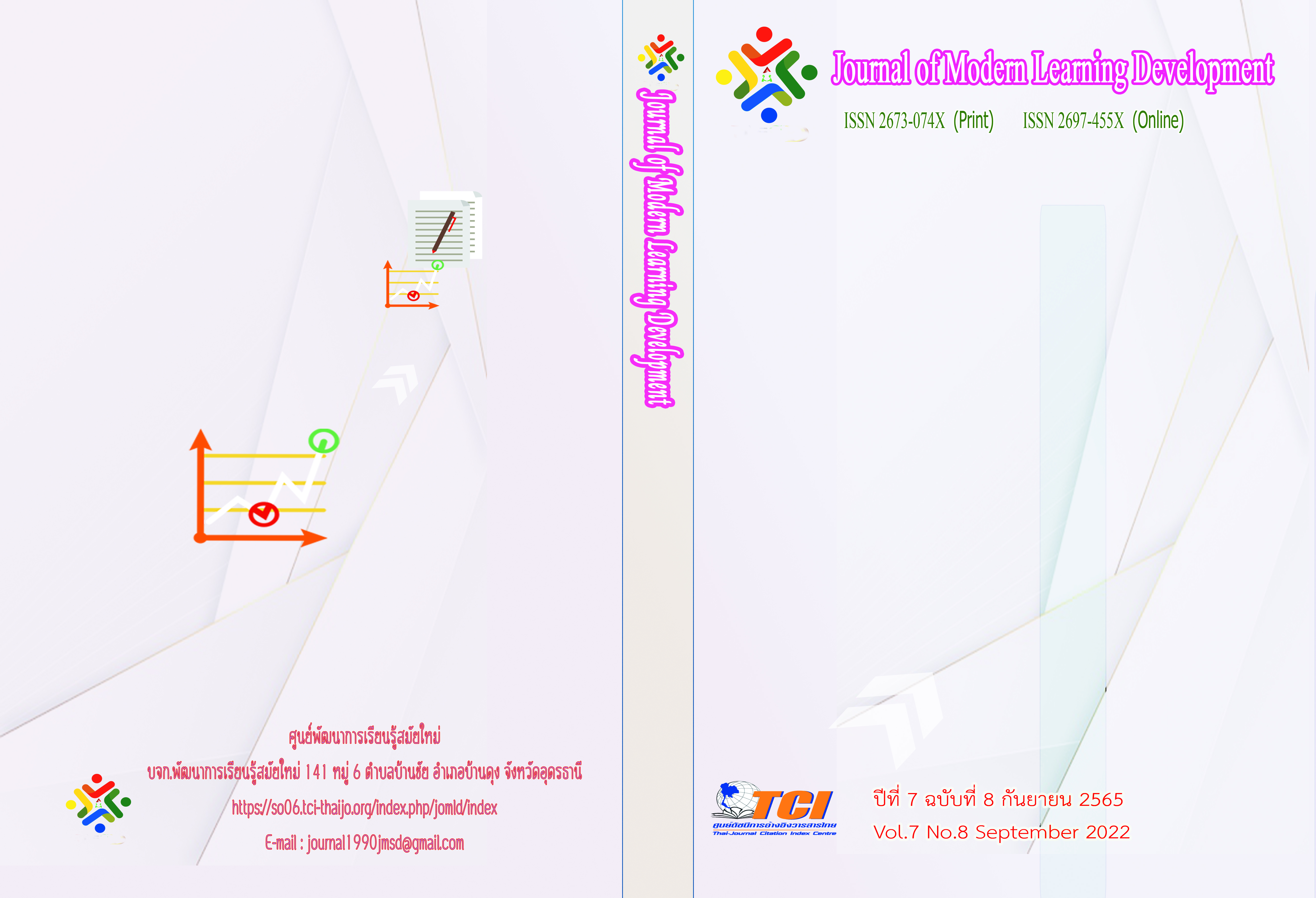A Solution to the Dust Problem from Open Burning in the Area of Kosampee Sub-district Administrative Organization, Kosampee District, Kampaengphet Province
Main Article Content
Abstract
The objectives of this research were to study 1) the effects of dust problems from open burning in the Kosampe Subdistrict Administrative Organization area; Kosamphi Subdistrict Administration Conduct research according to the integrated research methodology. from quantitative research Data were collected with 391 people who were a sample group of 391 people who obtained the value substitution in the Yamane formula. The instrument was a questionnaire using statistics, frequency, percentage, mean, standard deviation. and from qualitative research Data were collected with 10 key informants by selective selection. The tool was an interview form. Data were analyzed by using a data type classification method. grouping the data and writing a descriptive description
The results of the research showed that 1) the effects of dust problems from open burning in the area of Kosamphi Subdistrict Administrative Organization The overall picture was at a high level (=3.61, S.D.=0.340). 2) Approaches to solving the problem of dust from open burning in the Kosampe Subdistrict Administrative Organization area, found that there were guidelines as follows: 1) Strict enforcement of the law and appropriate for each individual. area Both urgent, short-term and long-term measures 2) Set up a waste power plant as a model for comprehensive waste disposal 3) Termite farming reduce leaf burn Turn the role of termites and earn money 3) Plowing the stubble plow Create sustainable soil to restore the environment. 4) Reducing the amount of waste to be less. Prepared as a Kosambi model Reduce the amount of burning by collecting sugarcane leaves to compress ingots and sell them as raw materials for biomass power plants. 5) Reduce dust problems by using voluntary campaign measures.
Article Details
References
คัคนางค์ เอมราช. (2564). มาตรการทางกฎหมายในการควบคุมมลพิษฝุ่นละอองบริเวณท่าอากาศยาน : ศึกษากรณีท่าอากาศยานสุวรรณภูมิ. วิทยานิพนธ์นิติศาสตรมหาบัณฑิต. สาขากฎหมายทรัพยากรธรรมชาติและสิ่งแวดล้อม. บัณฑิตวิทยาลัย: มหาวิทยาลัยธรรมศาสตร์.
ธนารีย์ ฟักฟูมทนและ ธนพล เจนสุทธิเวชกุล. (2563). การพัฒนาแบบจำลองการพยากรณ์ความเข้มข้นของฝุ่นละออง PM 2.5 โดยใช้เทคนิคเหมืองข้อมูล กรณีศึกษา: สถานีชุมชนเคหะดินแดง. The 16th National Conference on Computing and Information Technology (NCCIT 2020). กรุงเทพมหานคร: คณะเทคโนโลยีสารสนเทศและนวัตกรรมดิจิทัล มหาวิทยาลัยเทคโนโลยีพระจอมเกล้าพระนครเหนือ.
ธีรพงศ์ บริรักษ์. (2562). ถอดบทเรียนวิกฤต PM 2.5. วารสารวิชาการมหาวิทยาลัยอีสเทิร์นเอเชีย ฉบับวิทยาศาสตร์และเทคโนโลยี. 13 (3), 44-58.
โศวิภาฎา ไชยสาร. (2562). นโยบายการจัดการมลพิษทางอากาศ กรณีฝุ่นละอองขนาด เล็กกว่า 2.5 ไมครอน (PM2.5) ในพื้นที่กรุงเทพมหานคร. การศึกษาอิสระรัฐศาสตร์มหาบัณฑิต โครงการพิเศษวิทยาเขตบางนา คณะรัฐศาสตร์ มหาวิทยาลัยรามคำแหง.
อังศินันท์ อินทรกำแหง. (2563). การจัดทำสถานการณ์ความรอบรู้ด้านอนามัยสิ่งแวดล้อมในการป้องกันผลกระทบต่อสุขภาพจากฝุ่นละอองขนาดไม่เกิน 2.5 ไมครอน (PM 2.5) ในพื้นที่เมืองอุตสาหกรรมเชิงนิเวศ. (รายงานการศึกษาฉบับสมบูรณ์). กรุงเทพมหานคร: กองประเมินผลกระทบต่อสุขภาพ กรมอนามัยกระทรวงสาธารณสุข.


